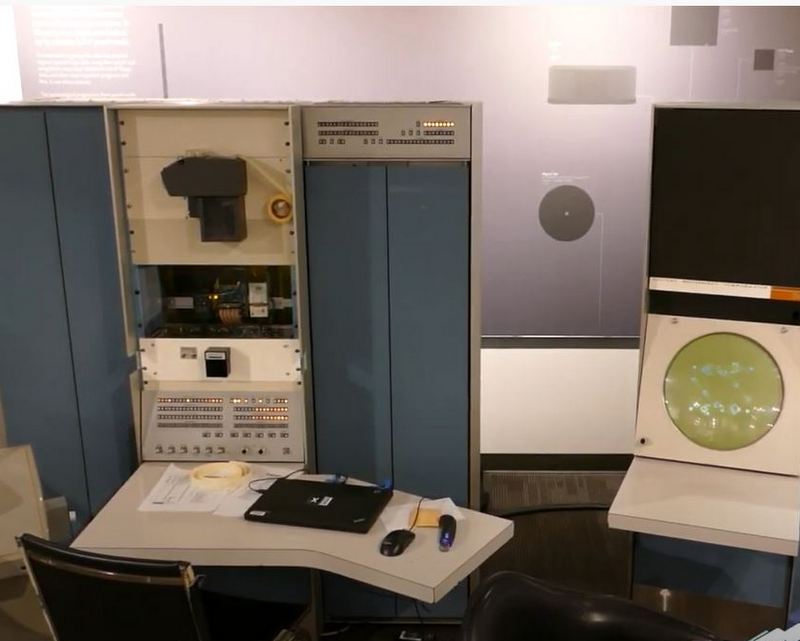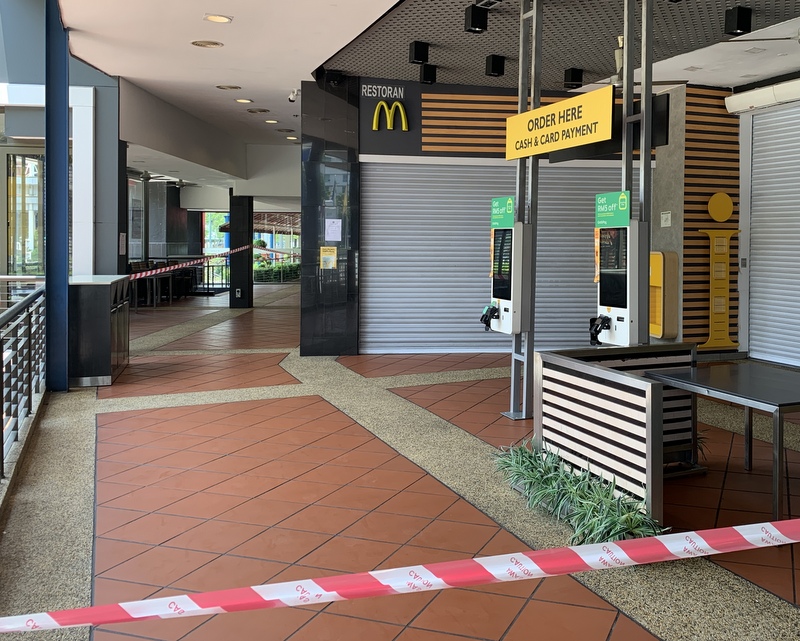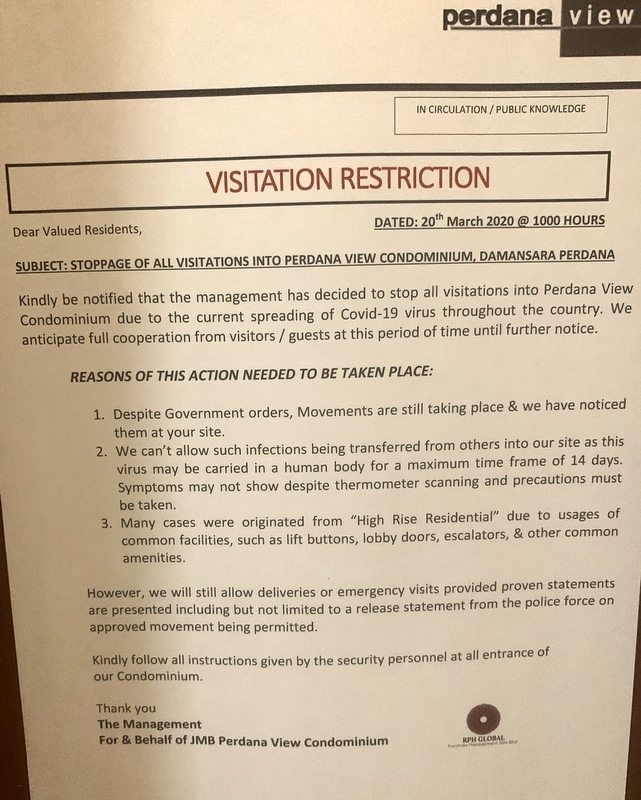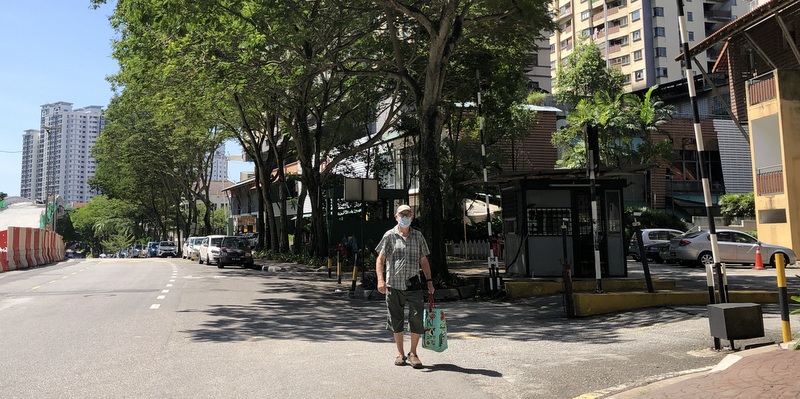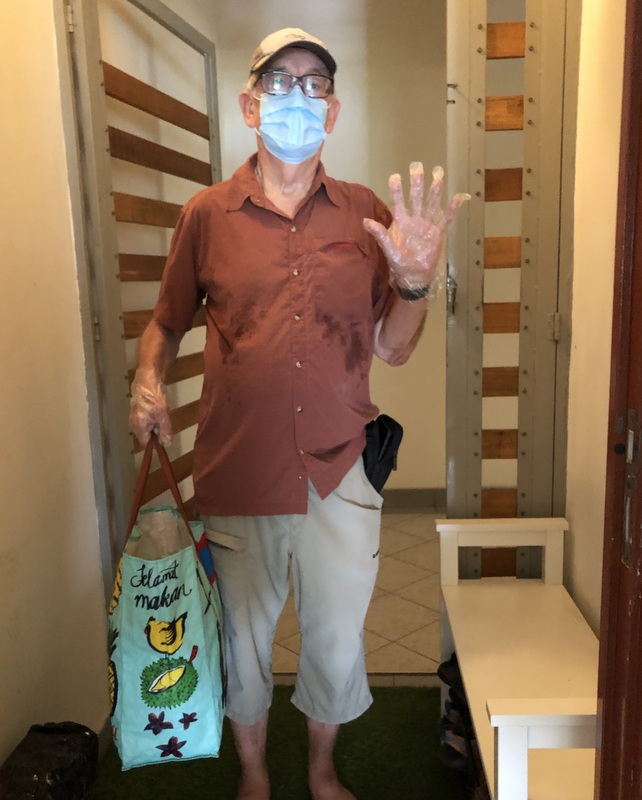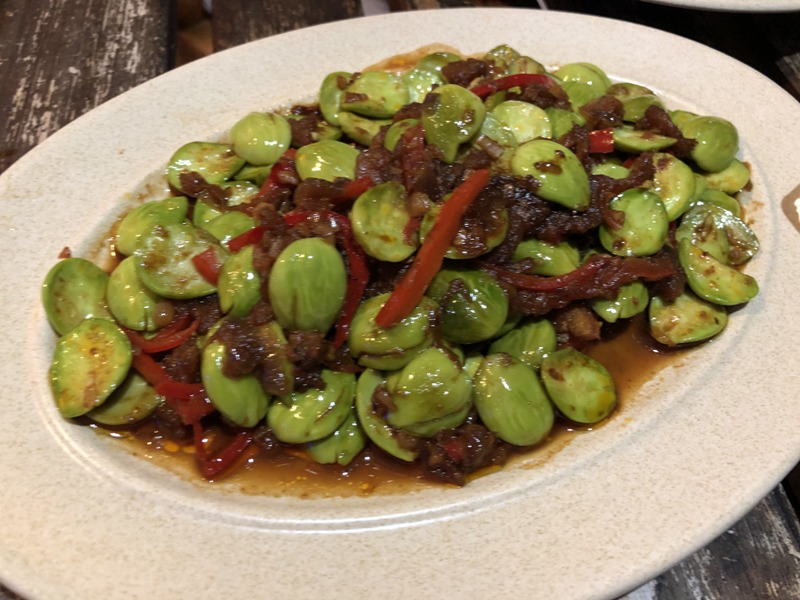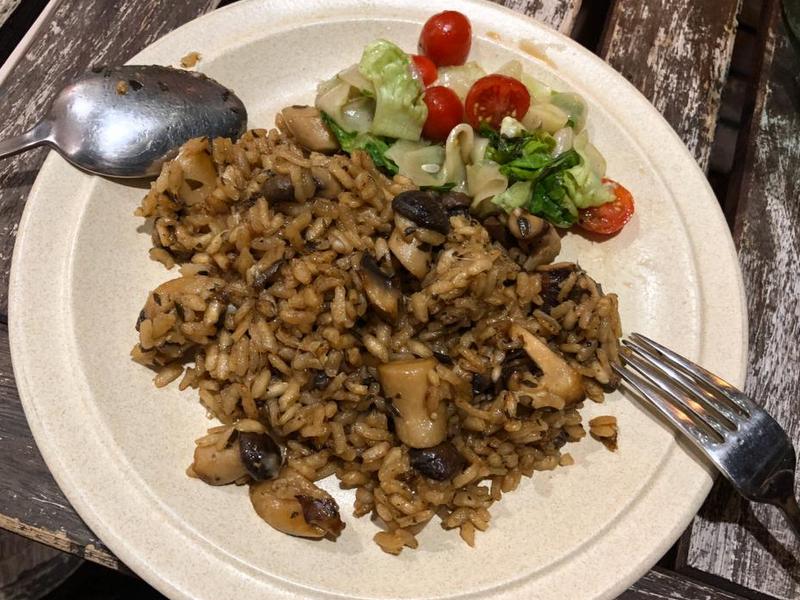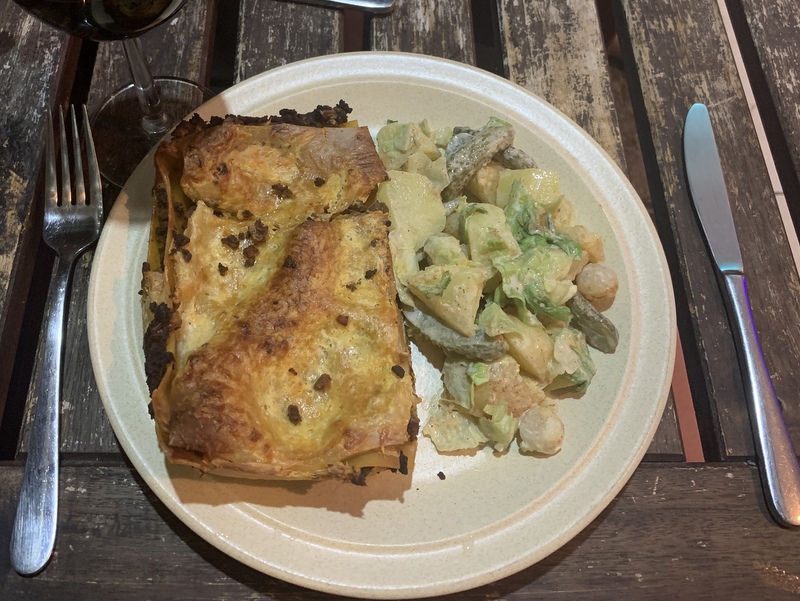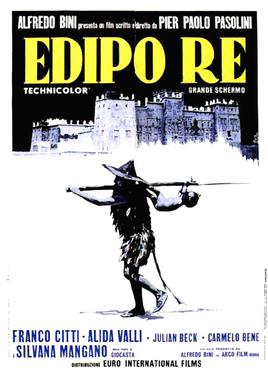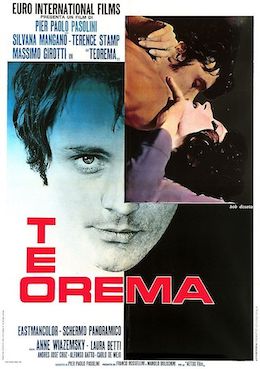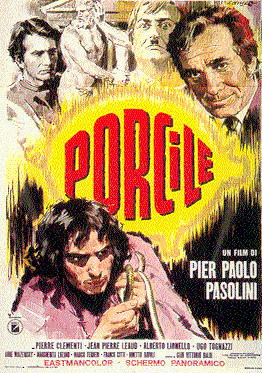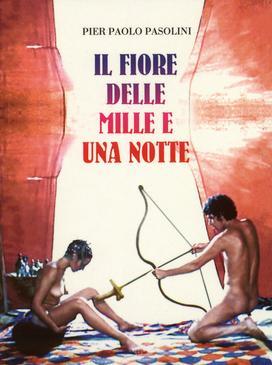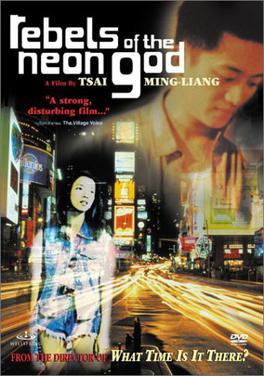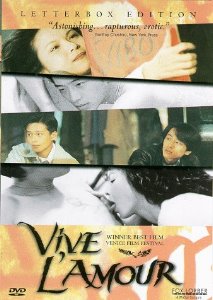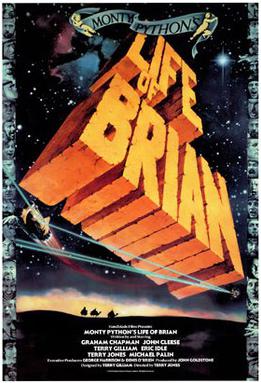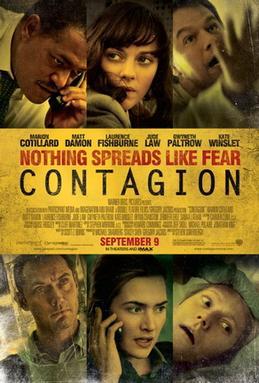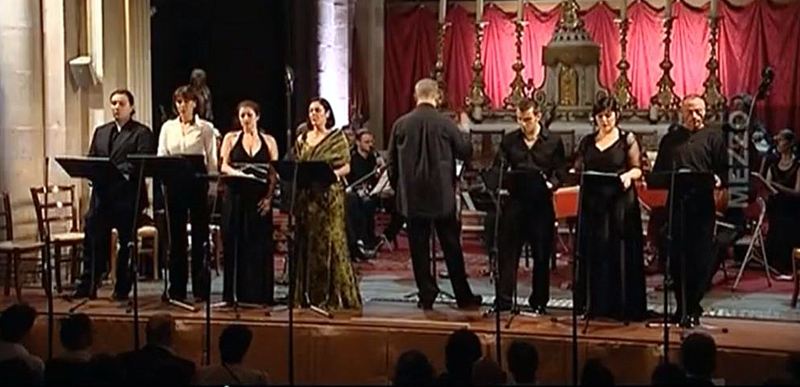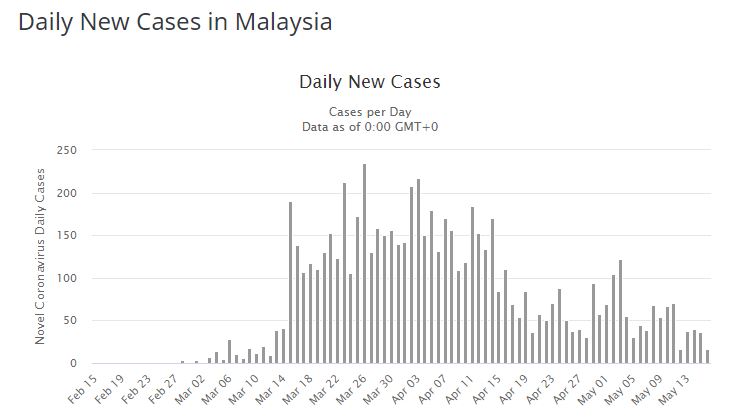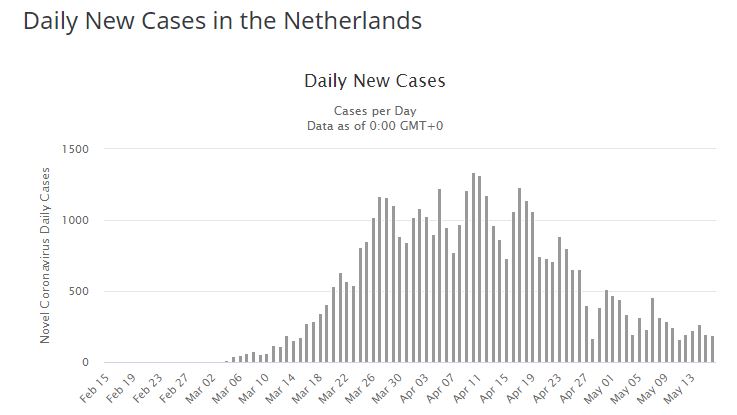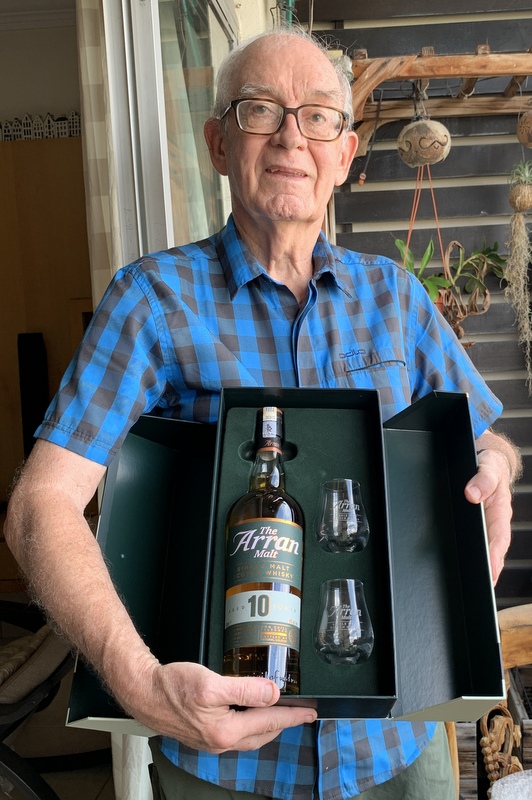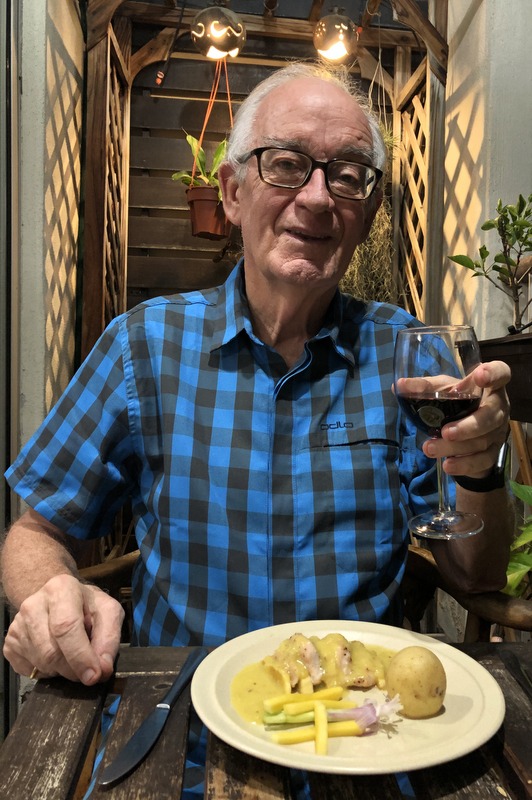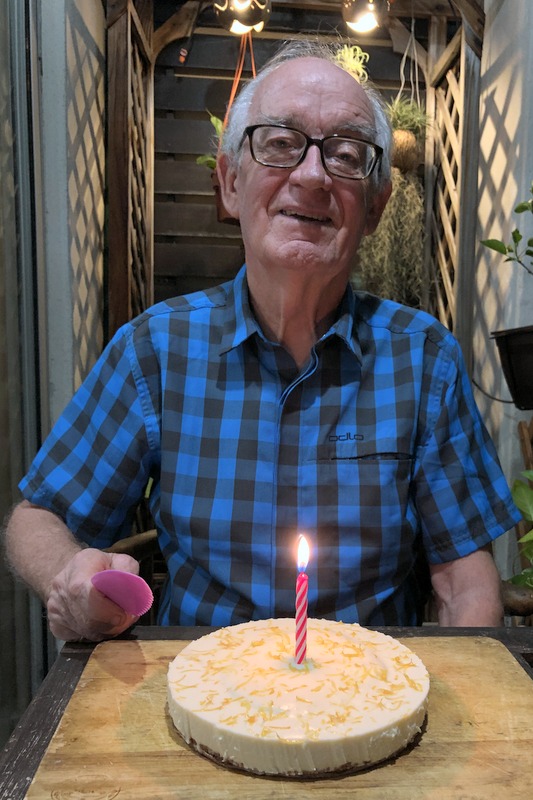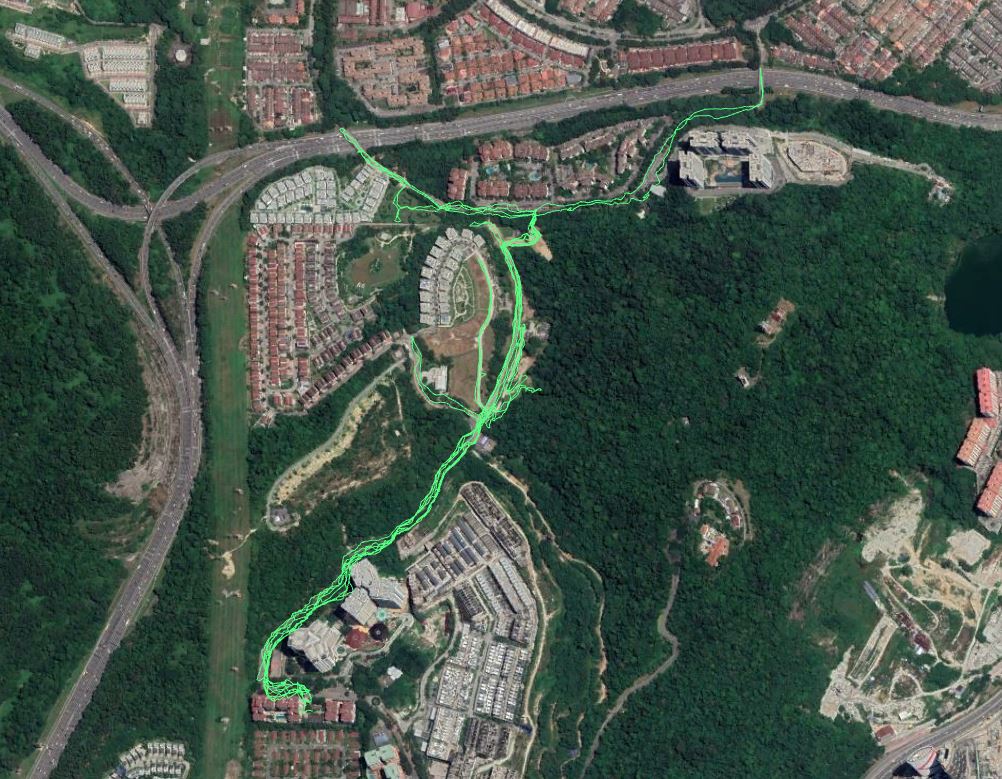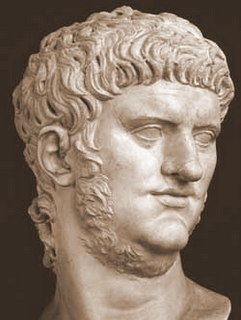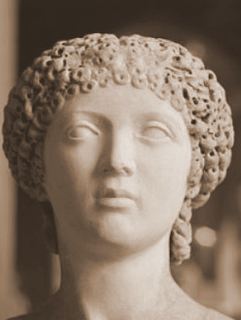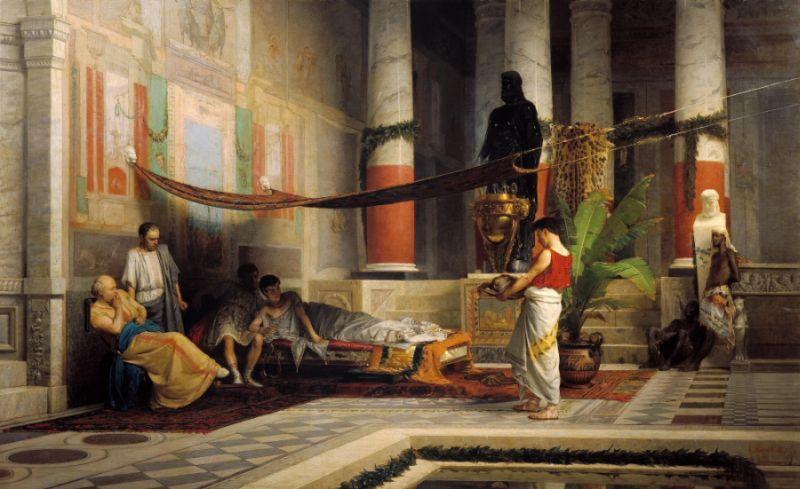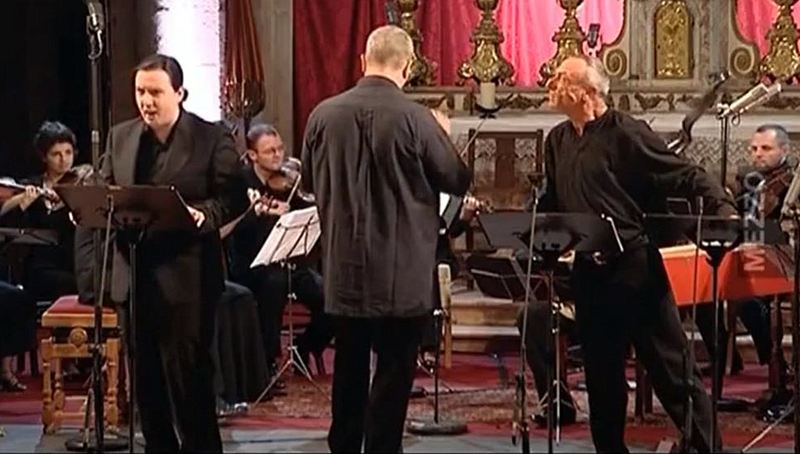Last month the English mathematician John Conway passed away at the age of 80. His name may not be familiar to many of you, but he was the inventor of the Game of Life, in 1970. For several years I have been interested in this game. A suitable time to write a blog about it.
When Conway was still an undergraduate at Cambridge University in the sixties, he became interested in “recreational” mathematics and got in contact with Martin Gardner, who had a popular column “Mathematical Games” in the Scientific American. In October 1970 Gardner published in this column The fantastic combinations of John Conway’s new solitaire game “life” Read here and here interviews with Conway about how he invented the game and that for a long time he actually hated it.
The game is played on a grid of adjoining cells, which can be either alive (black) or dead (white). Each cell is surrounded by eight neighbouring cells and what happens to a cell depends on how many neighbours are alive. These are the rules:

1. When a living cell has 0 or 1 living neighbours, it will die.
2. A living cell with 2 or 3 living neighbours will stay alive.
3. A living cell with 4 or more living neighbours will die.
4. A dead cell with exactly 3 living neighbours will become alive.
With zero or one neighbours you will die from loneliness, with four or more neighbours you die from overcrowding. With two or three neighbours you survive and when there are three parents around, a new baby is born. It looks a bit like life 😉
Of course other rules are also possible and it took Conway considerable time to find rules that gave interesting results. As there were hardly any computers in those days, they used a go board to follow the development of (simple) patterns!
Here are a few simple examples to show how the rules work. I have indicated the number of living neighbours in each cell. Living cells that will survive have a yellow number, those that will die have a red one. An empty cells with three neighbours gets a blue number. After the start pattern I have only marked the cells with get a colored number.
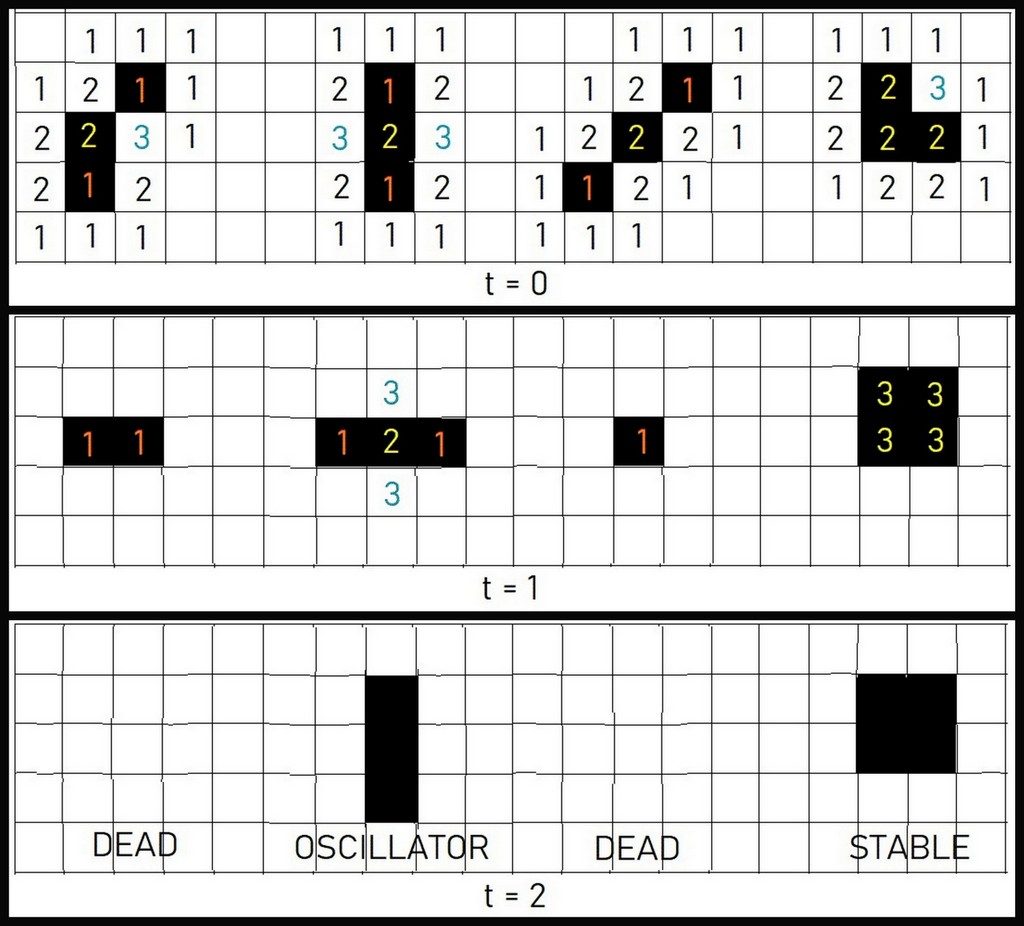
Two patterns have died, two became stable (one of them oscillating).
Here is a pattern of 5 cells. Again I count the number of neighbours, using the same colours, blue, yellow and red for birth, life and death. After 4 generations the original pattern appears again, but diagonally shifted one cell! This pattern has got a name, it is called a glider, it will continue moving diagonally

This pattern of 5 cells is very similar, with only the leftmost cell shifted to the right, but the behaviour is very different! It “explodes” rather chaotically, grows to a maximum of more than 200 cells and finally becomes stable after 1103 generations with 116 living cells, including 6 gliders (notice that three of them are escaping at t = 150). This configuration is called the R-pentonimo .
Of course you can not follow the development of such a pattern with pen and paper or a go-board. You need a computer. In those days they were huge and expensive machines. Here is a PDP-7 computer similar to the one used by Conway. The right picture shows the display screen running a life pattern. Click here for a video. The computers were still so slow that Conway was only able to follow the development of the R-pentomino until t = 460, when the article was published.
Here are a few more interesting patterns. This one is called a Heavyweight spaceship. It moves, like the glider, but orthogonally, two cells in 4 steps.

And here are three oscillators. From left to right Figure Eight (period 8), Pulsar (period 3) and Fumarole (period 5)
The publication in the Scientific American aroused a frenzy of interest among professional mathematicians and amateurs alike. Conway thought himself that no pattern could grow indefinitely and offered a prize of 50 dollar to the first person who could prove or disprove this conjecture before the end of 1970.
It took only a couple of weeks before an MIT group constructed a pattern that generates a glider every 30 moves. therewith proving that patterns can grow indefinitely. It is called the Gosper Glider Gun. and one of the many guns that have been found since then. Keep in mind that all this is the result of 4 simple rules 😉 .
Fifty years have passed since Conway’s invention of the Game of Life, and there is still considerable interest, leading to new interesting patterns every year. There exists a comprehensive Life Wiki, similar to Wikipedia, containing at the moment more than 2100 articles. Here is the main page of the wiki.

Notice at the right a list of pattern categories. The Wiki contains at the moment more than 1350 pattern pages. Each page gives a description of the pattern and an option to watch the development of the pattern, by launching the so-called Lifeviewer at the right side of each page. I have linked the patterns described above to the corresponding Wiki page.
There is a yearly competition for the Pattern of the Year . Here are a few winners :
- David Hilbert (2019) , 122 cells an oscillator with period 23
- Sir Robin (2018) , 282 cells, a spaceship moving in an oblique direction
- Lobster (2011), 83 cells, another spaceship, diagonally moving
Not always use the creators fancy names. Here is the p416 60P5H2V0 gun (left image) It has 26342 cells and fires gliders from four directions which collide in such a way that every 416 generations a 60P5H2V0 spaceship (right image) is produced. The center image shows a just completed spaceship, while gliders are already approaching to form a new one. Fascinating. When you click on the image, you can watch a YouTube video of the process.
You can play with the Lifeviewer , by clicking the image below. You start with a blank grid, where you can draw any pattern you like. The Lifeviewer is versatile and powerful, it may take some time to get to know all the options, just give it a try!
Let me finish this post with a few general remarks.
- The Game of Life is deterministic but unpredictable. Simple rules lead to complex behavior. All my life that has been a topic of great interest to me.
- When I got my first desktop computer, in the eighties, I wrote my own Game of Life program, in Pascal and partly in Assembler. I took part in a competition. No prize but a honourable mention that my program was very fast. Nowadays a lot of software exists, powerful and of course much faster. Golly is the most popular one, you can download it here.
- The Game of Life is much more than a collection of beautiful patterns. It has been shown by Conway himself that the Game of Life is a Universal Turing Machine, it can perform any calculation that a computer can do. The Pi-calculator calculates the decimal digits of π , the Primer uses the Sieve of Eratosthenes to determine the prime numbers. AND and OR gates can be constructed, etc.
- The Game of life is an example of what is called a Cellular Automaton.
- Martin Gardner has written three columns about the Game of Life. Here is the pdf-file with all three articles.




